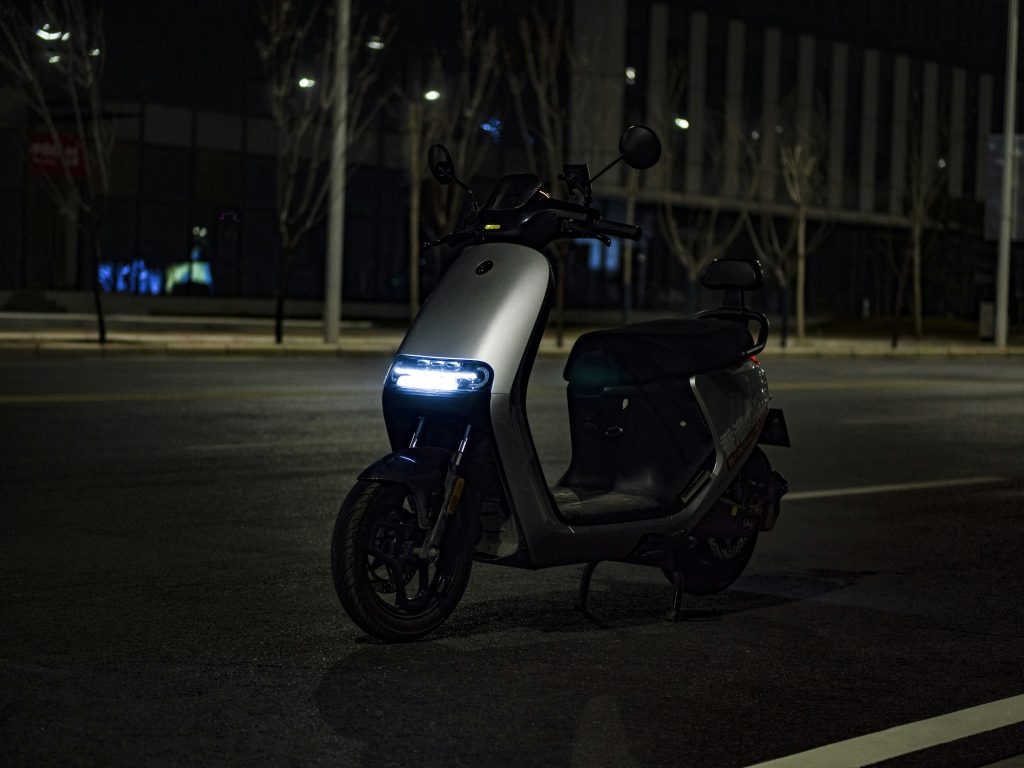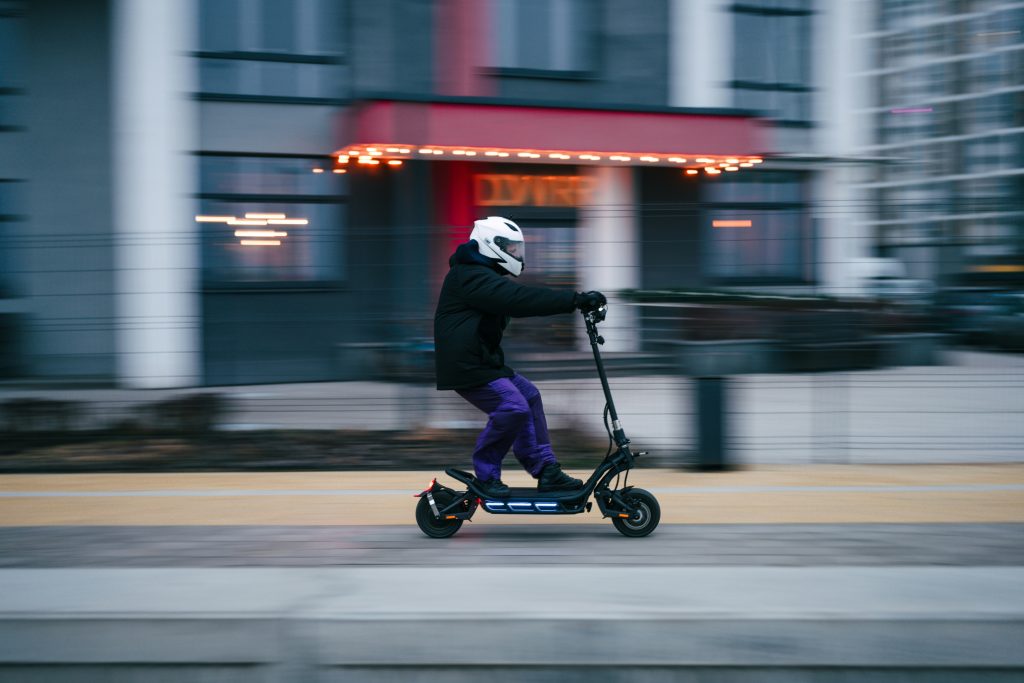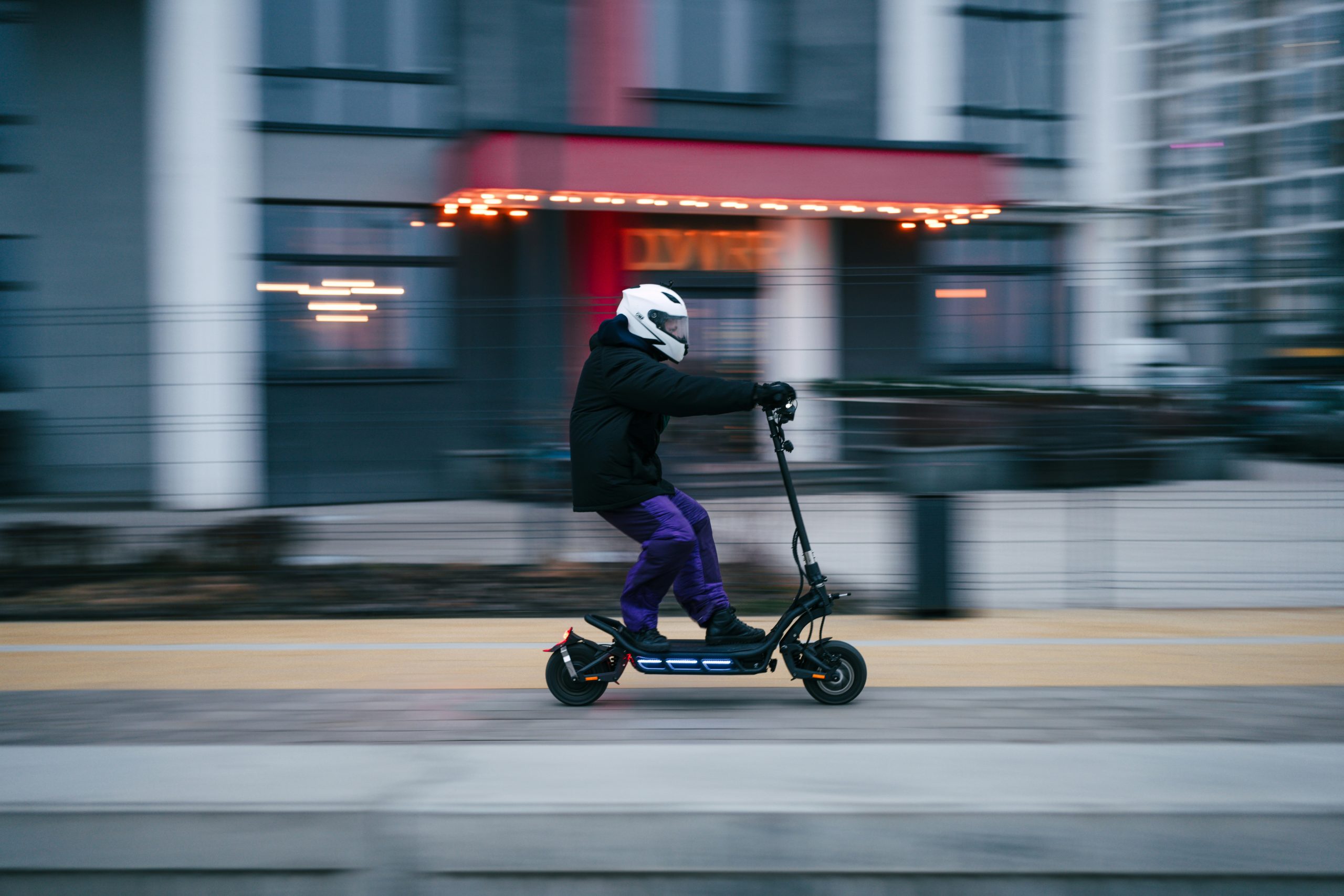?Are you trying to figure out whether you can rent a mobility scooter just for a single day or if rentals are only available for longer periods?
Can I Rent A Mobility Scooter For A Day Or Only Long-term?
You might need a mobility scooter for a day trip, an event, or for a longer recovery period after surgery. This article will help you understand the differences between short-term and long-term rentals, what to expect from each option, and how to choose the right arrangement for your needs.
Quick overview: short-term vs long-term rental
Short-term rentals are usually measured in hours or days and are ideal for travel, events, or temporary needs. Long-term rentals can last weeks, months, or even longer and often come with different pricing, delivery, and maintenance options. Knowing which option suits you can save you money and reduce hassle.
Why people rent mobility scooters for a day
Many people rent scooters for short periods because they only need mobility assistance during specific activities like sightseeing, attending a wedding, or visiting a theme park. Rentals give you flexibility without the cost and commitment of buying a scooter.
Common short-term use cases
You may rent a scooter for travel, special events, or short medical needs such as after minor surgery. These rentals are convenient when you want mobility help without long-term ownership responsibilities.
Why people rent long-term
Long-term rentals are useful if you’re recovering from a major operation, have a temporary health condition, or want to try a scooter before buying one. Rentals that last weeks or months can include maintenance and replacement options.
Benefits of longer rental periods
Long rentals often include discounts, maintenance support, and the possibility to exchange models if your mobility needs change. If you aren’t ready to buy, a long-term rental can act as a flexible solution.
Who offers mobility scooter rentals?
You’ll find mobility scooter rentals through different providers: medical equipment suppliers, specialty mobility companies, travel and tourism services, airports, and even some hotels. Each type of provider will have different rental rules, fees, and service levels.
Medical supply stores and mobility dealers
These providers often offer a range of scooters, trained staff, and maintenance support. If you need specific medical features or a certain seat height, these shops are a good place to start.
Travel and tourist rental services
At popular travel destinations, you can often rent travel scooters for a day or several days. These tend to be lightweight models designed for portability.
Peer-to-peer and rental marketplaces
Some platforms let private owners rent out scooters. You might find cheaper rates, though availability and support vary. Always check reviews and insurance coverage before you book.
Rental durations you can expect
Most rental companies offer flexible durations: hourly, daily, weekly, and monthly. You can often book for a single day, though availability and minimum rental periods vary by provider and location.
Typical rental period breakdown
- Hourly: Rare, but possible in some places (usually for a few hours)
- Daily: Common; ideal for day trips or events
- Weekly: Common for short stays or extended visits
- Monthly: Used for longer recovery periods or extended trials
Typical costs for different rental durations
Costs vary widely by location, model, and provider. Below is a general table showing typical price ranges to give you an idea.
| Rental Duration | Typical Price Range (USD) | Notes |
|---|---|---|
| Hourly | $5–$20 per hour | Less common; often available at attractions |
| Daily | $25–$100 per day | Depends on scooter type and location |
| Weekly | $75–$300 per week | Generally cheaper per day than daily rate |
| Monthly | $150–$600+ per month | Best value for multi-week needs; may include maintenance |
How pricing is calculated
Pricing depends on scooter class (travel vs heavy-duty), battery life, delivery, insurance, and local demand (seasonal or tourist hotspots charge more). You’ll often pay a security deposit on top of the rental fee.

Types of scooters and which are best for short vs long rentals
Different scooters suit different needs. Choosing the right style affects comfort, range, and ease of transport.
Travel scooters (lightweight, foldable)
Travel scooters are ideal for short rentals and travel because they’re portable and easy to load into cars or planes. They usually have lower top speeds and shorter range, which is fine for a day out.
Full-size/4-wheel scooters (stability and comfort)
These are comfortable for longer rentals and people who need more support. They have better range and higher weight capacities but are less portable.
Heavy-duty scooters (higher weight capacity and terrain handling)
If you’ll be using a scooter for uneven terrain or you need a high weight capacity, heavy-duty models are better suited to long-term rentals due to their robustness.
What you’ll need to rent
Most providers require a valid ID, a credit card for deposit, and sometimes a doctor’s note or prescription for insurance purposes. Age restrictions and local laws can also apply.
Documentation and eligibility
You’ll usually need:
- Government-issued ID
- Payment method for deposits and rental fees
- Proof of need (in some medical supply shops)
- Contact information and possibly an emergency contact
Insurance, liability, and damage policies
You should always ask about insurance coverage and liability. Many rentals include basic insurance or damage waivers for an added fee. Without coverage, you’ll be responsible for repair or replacement costs.
What to check with the rental company
Ask about:
- What the security deposit covers
- Whether insurance is included or optional
- Who pays for damage from misuse
- Procedures for theft or breakdowns
Delivery, pickup, and return options
Some providers offer local pickup only; others provide delivery and collection for an extra fee. For short-term rentals, convenient pickup or hotel delivery can make the rental much easier.
Pros and cons of delivery service
Delivery saves time and effort, but it adds cost. If you’re renting for just a day, calculate whether delivery fees make the overall rental impractical.
Battery, range, and charging considerations
Battery life is arguably the most important practical consideration for a short rental. Manufacturers list range in miles or kilometers; real-world range depends on terrain, rider weight, and speed.
For a day trip
Make sure the scooter has enough range for your planned activities plus a buffer. Ask the provider about typical real-world range and availability of spare batteries or charging options.
Safety, fitting, and comfort
You should test the scooter or at least receive a tutorial on controls, braking, and safety features. Seat fit, armrest height, and back support matter for both short and long-term comfort.
What to test at pickup
Try accelerating and braking, turning radius, seat adjustment, and comfort while seated for at least a few minutes. Confirm that mirrors and a basket are secure if you’ll carry items.

Accessories and add-ons
You can often rent or buy accessories like transfer boards, additional batteries, ramps, flags, rain covers, and baskets. For a day rental, look for a package that includes the essentials you’ll need.
Common add-ons and when to choose them
If you plan to travel through rain or carry luggage, ask for a rain cover and a sturdy basket. For longer rentals, a second battery or charging kit is often helpful.
Pros and cons of renting for a day
Short-term rentals are flexible and cost-effective for one-day needs, but they can become expensive if you need the scooter longer than planned. They’re also convenient if you’re traveling and don’t want to transport a scooter yourself.
Advantages
- Minimal commitment and upfront cost
- Good for travel and single events
- Access to a scooter without maintenance responsibilities
Disadvantages
- Can be costly per day compared to weekly/monthly rates
- Limited model selection in some locations
- Delivery or pickup logistics can be inconvenient for one-day use
Pros and cons of long-term rental
Long-term rentals can be cheaper per day and include maintenance, but they require more commitment and sometimes long-term contracts. They’re good if you need reliable mobility for recovery or trial before purchase.
Advantages
- Better value over time (lower per-day cost)
- Often includes maintenance and support
- Can be upgraded or adapted as needs change
Disadvantages
- Longer commitment and potential cancellation fees
- You might be responsible for ongoing payments and care
- Ownership benefits (like resale) are absent
How to choose between daily and long-term rental
Your decision depends on how long you’ll truly need the scooter, your budget, and mobility needs. If you’re unsure beyond a few days, a weekly rental gives you flexibility and better per-day pricing.
Decision checklist
- How long will you need the scooter?
- Will you be traveling or staying local?
- Do you need special features (suspension, heavy-duty frame)?
- Can you manage delivery and pickup logistics?
- What’s your budget for rental plus extras?
Cost-saving tips
Book in advance, compare local suppliers, ask about discount codes or bundling (e.g., weekly instead of daily), and check if your travel insurer or medical plan covers part of the cost. Sometimes non-profits offer subsidized rentals for medical needs.
When to negotiate
If you’re renting for a longer period, ask about discounts, waived delivery fees, or free accessories. Some providers will match prices or reduce deposits for trusted repeat customers.
Renting while traveling domestically or internationally
If you travel, look for rental options at your destination. Airports, hotels, and tourist centers sometimes offer scooters for daily hire. For international travel, check voltage compatibility for chargers and local regulations.
What to check for international rentals
Confirm charger plug type, battery transport rules if flying, and rental insurance coverage. If you’ll be using public transportation, check policies for scooters on buses, trains, or ferries.

Airline and transport rules
If you need a scooter at the airport or plan to take it on a plane, check airline policies for battery size and whether you must disassemble the scooter. Many travelers find it easier to rent at the destination to avoid airline hassles.
Batteries and flights
Most airlines restrict lithium-ion battery size and require special handling. Many travelers choose to rent a travel-friendly scooter upon arrival instead of transporting a battery through the airport.
Alternatives to renting
If rental costs are prohibitive, consider borrowing from a friend or community organization, buying a used scooter, or using mobility scooter share programs in some cities. Each option has its own tradeoffs in cost and convenience.
Community resources and charities
Local charities, support groups, and medical equipment lenders sometimes have short-term lending programs for mobility devices. It’s worth checking if you qualify.
Maintenance and what to expect during your rental
Understand what maintenance the provider covers and what’s expected of you. For long-term rentals, maintenance may be included in the price; for a day, basic troubleshooting and emergency contact details are vital.
Troubleshooting common issues
Providers usually give you a quick guide for simple issues: blown fuse, flat tire, or battery depletion. Know who to call and what the protocol is for breakdowns.
How to reserve the right scooter
Reserve early, especially during peak travel seasons, and specify the type of scooter, accessories, and any delivery/return preferences. Ask for a confirmation that lists make, model, range, and included items.
What to ask when booking
- Exact model and range
- Delivery/pickup times and fees
- Deposit amount and refund policy
- Insurance and damage policy
- Cancellation terms
Return policies and cleaning
Most companies require the scooter to be returned in reasonable condition. Some charge cleaning or late fees. For short rentals, make sure you know the exact return window to avoid extra charges.
Late returns and penalties
Ask about grace periods and the cost per hour or day for late returns. Providers typically charge extra for late returns to cover lost rental opportunities.
Frequently asked questions (FAQs)
You’ll often have similar questions when renting. Below are common concerns and straightforward answers.
Can you rent a mobility scooter for a single day?
Yes, many rental companies and tourist services offer daily rentals. Availability depends on location and season, so booking in advance is recommended.
Do you need a doctor’s note?
Not always. Some medical suppliers may request proof of need for insurance purposes, but many travel and rental services don’t require a prescription for short-term rentals.
Is a deposit required?
Most providers require a credit card hold or deposit to cover damages or late returns. The amount varies by company.
Can I get delivery to a hotel or attraction?
Many companies will deliver and pick up for an extra fee. Confirm delivery windows and make arrangements ahead of time.
Are scooters insured?
Some rentals include basic insurance; others offer damage waivers for purchase. Check what is covered before you sign.
Comparison table: daily vs long-term rental at a glance
| Feature | Daily Rental | Long-term Rental |
|---|---|---|
| Typical duration | 1 day to several days | Weeks to months |
| Cost structure | Higher per day | Lower per day |
| Maintenance | Minimal, you handle basic checks | Often included |
| Delivery options | Often available but may be costly | Usually available, sometimes free |
| Best for | Travel, events, short-term needs | Recovery, trial before purchase |
| Flexibility | High for short events | Moderate; contracts may apply |
Real-world examples and scenarios
Seeing examples can help you match your situation to the right option.
Scenario 1: One-day sightseeing trip
You have a day in a city and want mobility support. A travel scooter rented for a day gives portability and freedom without long-term cost. Look for tourist rental services or airport/hotel delivery.
Scenario 2: Post-operative recovery for six weeks
A monthly rental with maintenance and replacement support is better here. You’ll save money per day and have peace of mind if something needs repair.
Scenario 3: Testing before buying
Rent for a month or two to see which model suits you. Long-term trials allow you to learn what features matter and avoid buyer’s remorse.
How to choose the right rental company
Look for reputable providers with clear policies and good customer reviews. Compare prices, ask about hidden fees, and confirm what’s included.
Red flags to watch for
- Vague insurance or damage policies
- No maintenance or emergency contact info
- Unclear delivery or pickup schedules
- Overly high deposits without explanation
Final checklist before you rent
Before you commit, confirm the model, range, included accessories, insurance, delivery and return details, deposit amount, and emergency support. Make sure the provider has a clear contract.
Practical tips
- Take photos of the scooter at pickup and return to avoid disputes
- Charge the battery fully before use
- Ask for a quick tutorial if you’re not familiar with controls
- Keep the provider’s contact info handy during your rental
Conclusion and final advice
You can rent a mobility scooter for a single day or for longer periods; companies offer a wide range of options to suit different needs. For short trips and events, daily rentals are convenient and flexible. If you’ll need a scooter for weeks or months, long-term rentals typically offer better value and more support. Choose the option that matches your mobility needs, budget, and travel plans, and don’t hesitate to ask providers about insurance, delivery, and maintenance so you can enjoy your outings with confidence.
If you’d like, you can tell me the type of trip or need you have and I’ll suggest the best rental strategy and what questions to ask when booking.



